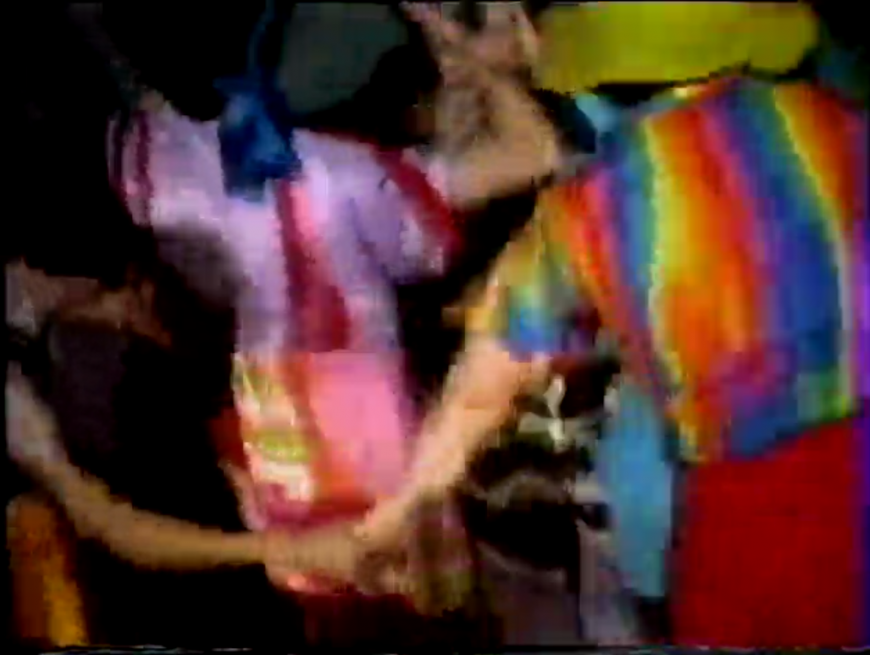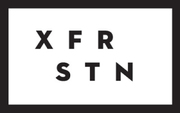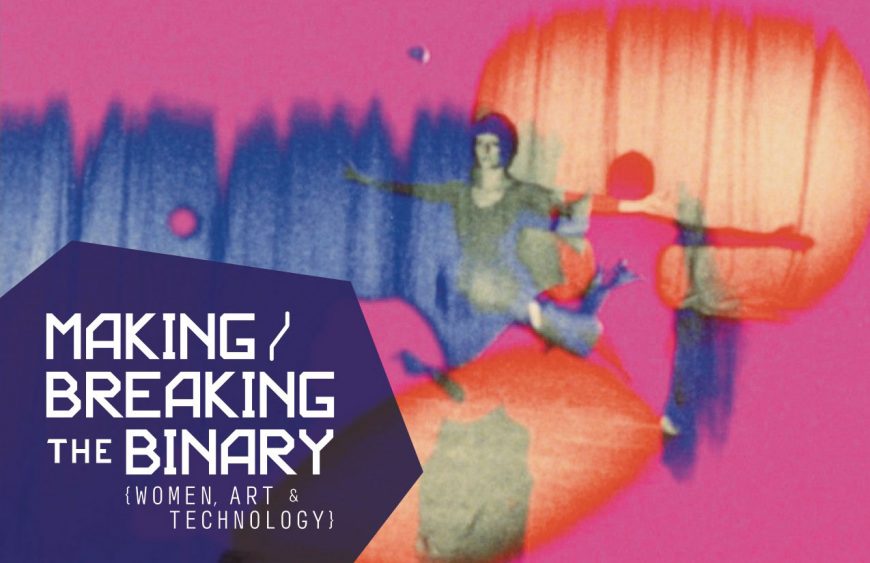
As part of Making/Breaking the Binary: Women, Art & Technology (1968-85) curated by Kelsey Halliday Johnson, Vox Populi will present screenings of videodance works by Laziza Videodance & Lumia Project and Doris Chase at the Icebox Grey Area held in conjunction with the screening programs on September 28th, October 5th, and October 12th at Lightbox Film Center and the core exhibition at the Rosenwald-Wolf Gallery at University of the Arts opening on October 8th.
With a reception on September 14th from 6-9pm at the Icebox Grey Area at the Crane Arts Building at 1400 N American Street in Philadelphia, Making/Breaking the Binary will highlight the experimental genre of videodance that merged experimental film and video processing techniques in media recordings of dance at the cusp of the digital revolution in the 1970s. The works will be on view in screening loops, starting with a selection of early works from Laziza Videodance & Lumia Project on view Wednesday through Saturday from 12 to 6pm for the month of September, and works by Doris Chase during the month of October.
Videodance was an experimental trend championed by a small circle of artists that merged filmic and video processing techniques with choreography in the 1970s and 1980s to produce unique media interpretations of performance. The early media arts pioneers in videodance worked in an era where documents of contemporary performance began to be considered on their own and technology was rapidly changing. Choreographer Kathleen Laziza created a network of dancers, musicians, videomakers, technicians and visual artists to build her unique videodance works that combined explorations of new effects with contemporary movement works in New York in the early 1980s. Many of these works were aired on public access TV or internationally, and the Laziza company continued to create performances with immersive projections and videodance works until 2005. Early examples were digitized by XFR Collective in summer 2013 during an eight-week engagement on the fifth floor of the New Museum where they set up a digitization station to rescue works from from early digital media formats. In the Pacific Northwest and abroad, Doris Chase began her work as a video artist the auspices of the United States Information Agency, for which she traveled internationally and began experimenting in video in the early 1970s. Working with light and experimental video coloring effects, Chases’s dancers became abstract forms in elegant rhythmic compositions that made her a pioneer of video in addition to her early computer animations and interdisciplinary artistic practice.
The intersection of technology and dance will be further explored at Rosenwald-Wolf Gallery where works will be exhibited of the late media performance pioneer, Experimental Television Center artist, and early digital photographer Mary Ross.
On October 12th, collaborations with female new media artists and the Merce Cunningham Dance Company will be highlighted in the program New Media and Chance at Lightbox Film Center with a 7pm screening of the Charles Atlas dance film Torse, accompanied by an original score by the late Philadelphia-trained electronic composer Maryanne Amacher; preceded by the Shigeko Kubota and Nam Jun Paik video collaboration Merce and Marcel.
An early computer animation of Doris Chase will be highlighted in the program The Pioneers of Pixels, Feedback, and Glitch at Lightbox Film Center on October 5th at 7pm, and videodance works by Doris Chase will be featured during October in the Icebox Grey Area.
The works of Laziza Videodance were digitized from obsolete formats as part of the XFR STN project at the New Museum through the efforts of XFR Collective.

Making/Breaking the Binary: Women, Art & Technology (1968-1985) is supported by The Pew Center for Arts & Heritage.



